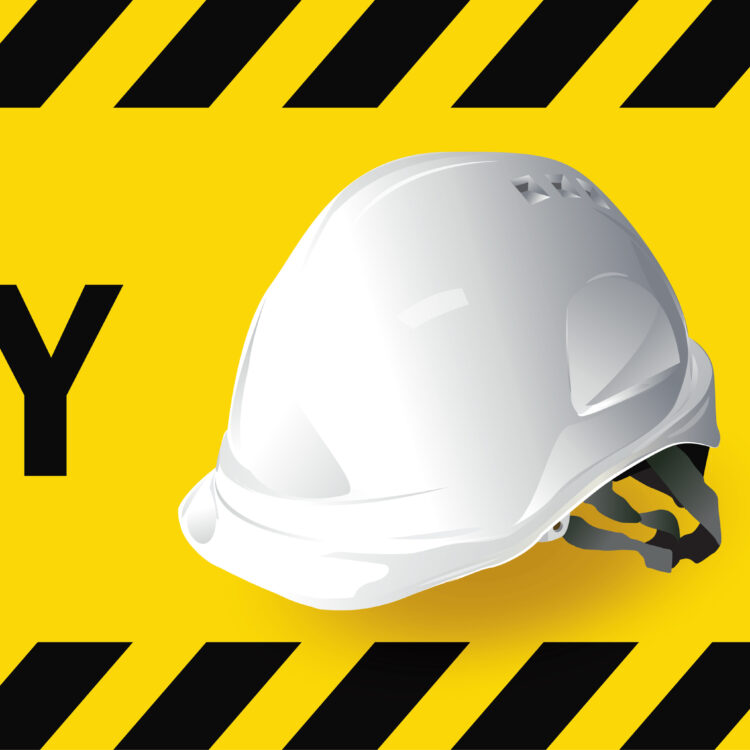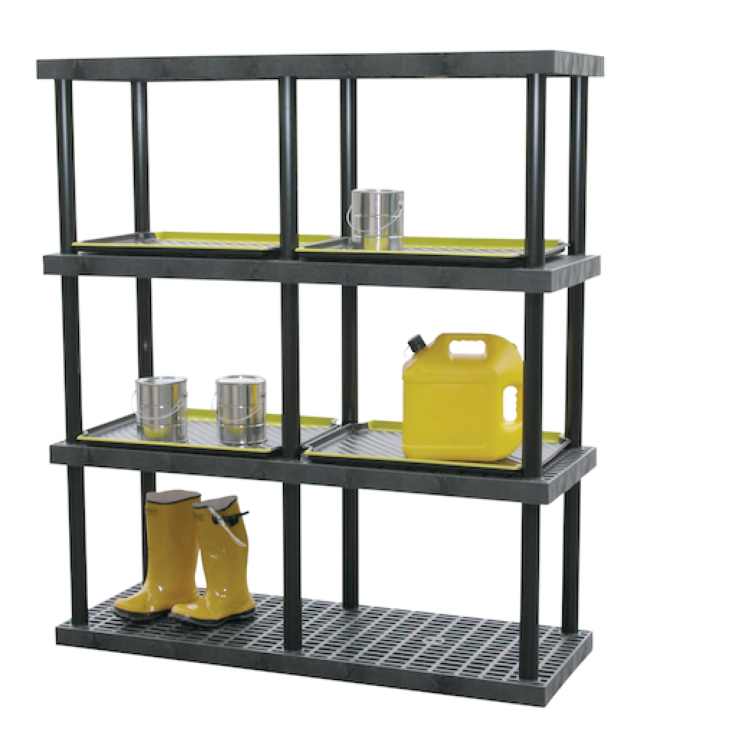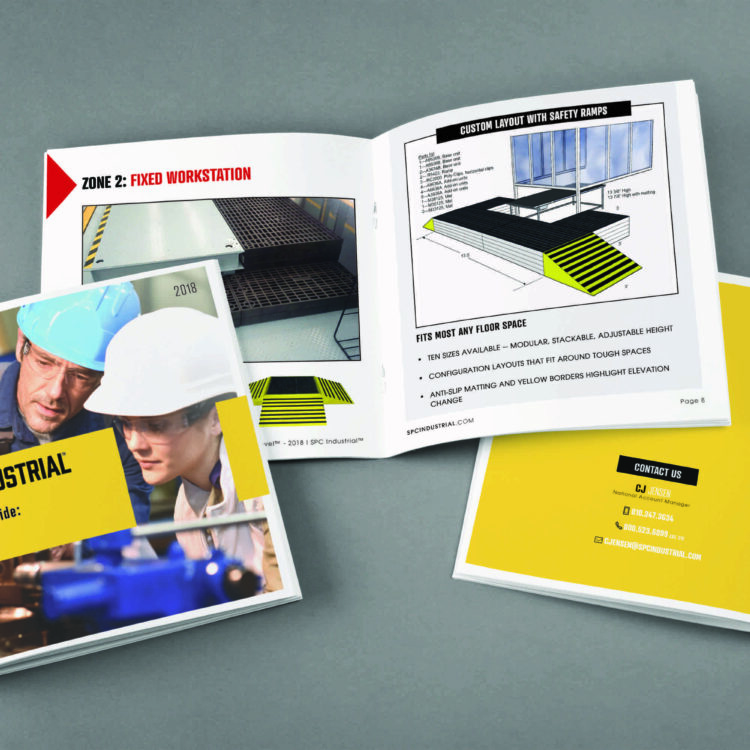Ergonomics: The Silent Protector

When you think of dangerous jobs, you might picture firefighters or bomb squad technicians.
So you may be surprised to hear that manufacturing, transportation and warehousing, wholesale trade, and construction all landed in the top 10 most dangerous jobs, according to OSHA.
What exactly makes these jobs so hazardous? It’s not heavy machinery or extreme conditions like you might suspect. The top two causes of non-fatal workplace injuries according to the U.S. Bureau of Labor Statistics in 2019 are:
- Overexertion and bodily reaction (approximately 33 incidents per 10,000 full-time workers).
- Falls, slips, and trips (approximately 27 incidents per 10,000 full-time workers).
The worst thing about all of this is that many of those injuries and illnesses are preventable by implementing simple ergonomic solutions. According to the Occupational Safety and Health Administration, more commonly known as OSHA, ergonomic tweaks like modifying work equipment and adjusting processes can prevent Musculoskeletal disorders (MSD) that cause so many workplace injuries.
What Is Ergonomics And How Can It Make The Workplace Safer?
Ergonomics may sound fancy, but all it really means is finding a way to fit a job to the person rather than forcing the person to fit the job. The ultimate goal of ergonomics is to make the workplace safer and more comfortable, thereby eliminating injuries while improving productivity and worker happiness.
Ergonomics can take a few forms, depending on the particular workplace. Some commonly implemented ergonomic solutions include:
Job Rotation
To prevent repetitive activity that causes MSD, as well as worker fatigue and boredom, workplaces can put rotation schedules in place. This reduces each individual employee’s time spent working on dangerous jobs while taking the strain of repetitive movements off of their muscles and bones. Plus, studies have found that job rotation is good for employee job satisfaction.
Stretching Breaks
Injuries like sprains, strains, and tears were so common that in 2015, they were the leading cause of workplace injury in the U.S. Luckily, these kinds of injuries are easy to prevent. All you need to do is implement regular stretching breaks for employees at the beginning of their shift and throughout their workday.
Quick stretching breaks throughout the day helps rejuvenate tired muscles that are held in contracted, static positions for long periods of time. Stretching also improves blood and oxygen flow to muscles. Ultimately, taking 5 minutes throughout the day to stretch and reset your posture can decrease pain, boredom, and injuries without decreasing productivity.
Proper Lifting and Handling Form
According to OSHA, improper lifting and handling cause high rates of workplace injuries, including back sprains, muscle pulls, wrist injuries, elbow injuries, and spinal injuries. To avoid these hazards, teach employees proper lifting techniques and encourage them to both teamwork and mechanized devices to make lifting heavy objects easier and safer. The proper lifting form will depend on the object being moved, so make sure to adjust your technique accordingly.
Equipment Modification
Ergonomics is all about modifying the job, not the person. You can adapt equipment by adding engineering controls that prevent or reduce awkward, uncomfortable, or dangerous postures. By allowing workers to maintain their joint mobility and range of motion, you can decrease musculoskeletal wear and tear.
Depending on the workplace, equipment modification can include:
- Raised flooring to bring employees to a comfortable height at their workstations.
- Use adjustable tables and desks to prevent workers from unnecessary lifting and bending.
- Implementing anti-slip flooring solutions like Add-A-LevelTM to reduce the likelihood of slips and falls–the second most common cause of workplace injuries.
- Improved ventilation or protective gear when working with toxic chemicals.
The Benefits of Investing in Ergonomics
Over the years, countless studies have proven the effectiveness of implementing ergonomic solutions in businesses around the world. Here are just a few of the many benefits of investing in ergonomic solutions for your workplace.
Cost Savings
In 2000, OSHA stated workplace injuries could end up costing companies between $15 and $25 billion dollars a year. The increase in workplace injuries since that time should suggest it’s costing companies even more now. Implementing simple ergonomic adjustments to your workplace improves worker safety and reduces the likelihood of expensive injuries.
Improve Productivity
Happy, healthy employees are more productive employees. By implementing ergonomic solutions, you can reduce physical strain and mental fatigue, thereby boosting worker productivity by up to 13%. And by lowering the risk of workplace injury, you can prevent missed days of work.
Improve Workplace Environment and Culture
Incorporating ergonomic designs into your work environment can have a major effect on your company culture and employee morale. One study found that employees who used ergonomic devices were less stressed and had lower levels of fatigue than their colleagues.
In fact, simply implementing ergonomic measures shows employees that you care about them. This simultaneously decreases employee turnover while increasing job satisfaction and efficiency. Happy and healthy workers are the best workers!
Are you interested in implementing a customized ergonomic solution in your workplace? Here at SPC Industrial, we design and manufacture industrial workspace solutions to keep your employees safe, happy, and productive. To learn more about how we can work together to improve your workplace ergonomics, email us here.


